The Schefflera is a trendy houseplant given its benefits to surrounding air quality. Many homes look to incorporate these plants into their interior decor. But keeping the plant alive can be difficult. How much water should you give a Schefflera? We have researched the question for you down below.
Umbrella plants require substantial water, but only after drying out from the last watering. The top two inches of the soil should be dry before soaking your umbrella plant again. Regular misting of the leaves will keep the plant happy in the winter.
Watering is the easiest way to keep your plant happy, or conversely, do damage to it if you aren't careful. We'll go more into detail on how to best water your umbrella plant down below.
![A housewife with water sprayer moistening houseplant leaves, How Much Water To Give A Schefflera [And How Often?]](https://gardentabs.com/wp-content/uploads/2021/12/How-Much-Water-To-Give-A-Schefflera-And-How-Often-683x1024.png)
Watering your Schefflera: how and when
The Schefflera is an appealing plant that can grow well indoors when appropriately kept. You want to keep it in soil that isn't dried out or too wet, finding that happy medium instead. You'll want to keep it sufficiently watered but spaced out over the correct amount of time. Here's what we mean.
The growing season for your Schefflera runs from April to September. During these months, you'll want to water it moderately so it can continue to grow. Water the soil until you notice water exiting from the bottom of your pot's drainage. This drainage shows your plant is well watered.
The summer months require more watering of your Schefflera; once a week is a good rule of thumb. In the winter, you can cut back on your watering. Always check on your plant accordingly, regardless of the time of year.
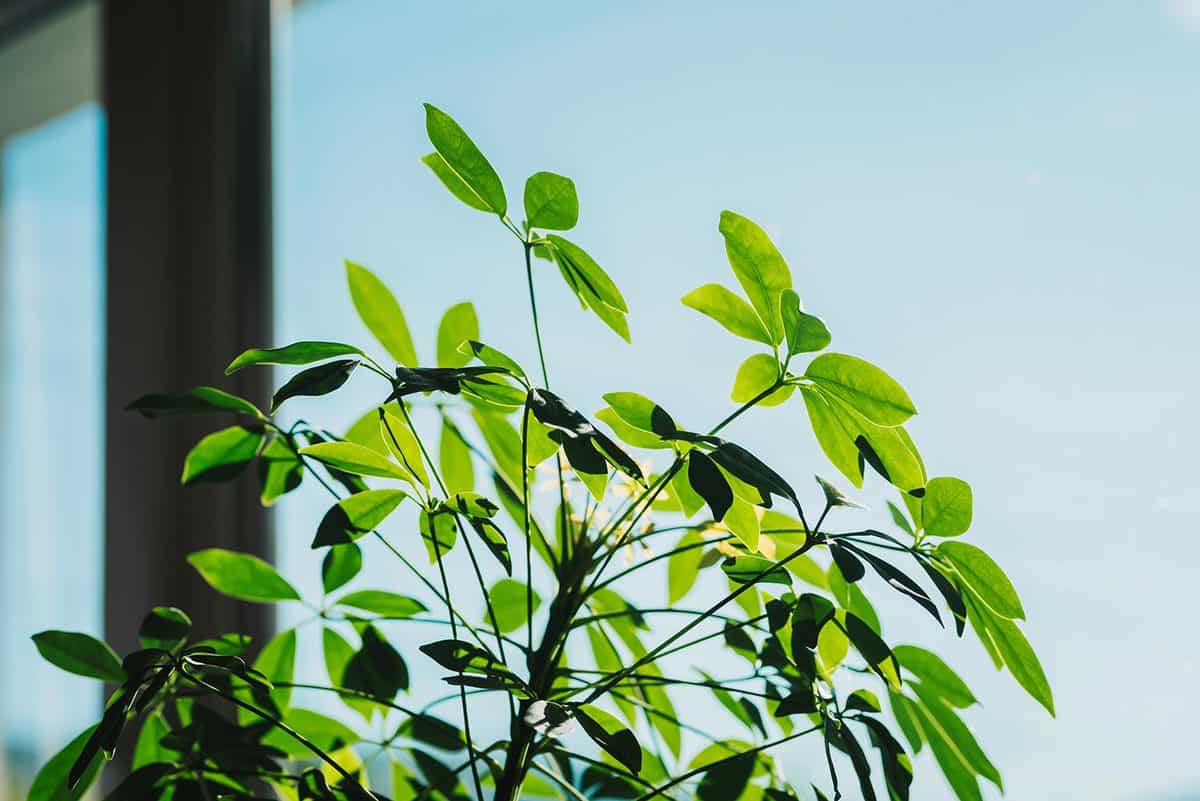
Monitor the soil of your Schefflera continuously, noting the moisture levels of the top layer of soil. When the top two inches or so of soil have dried up, that is your sign to water again. Make sure the substrate level of your plant's soil doesn't dry out, nor to waterlog your Schefflera.
If water accrues in the dish at the bottom of your plant after watering, remove it after several minutes. Your plant does not need to stand in excess water, and doing so leads to issues with the roots.
How do I know if my Schefflera needs water?
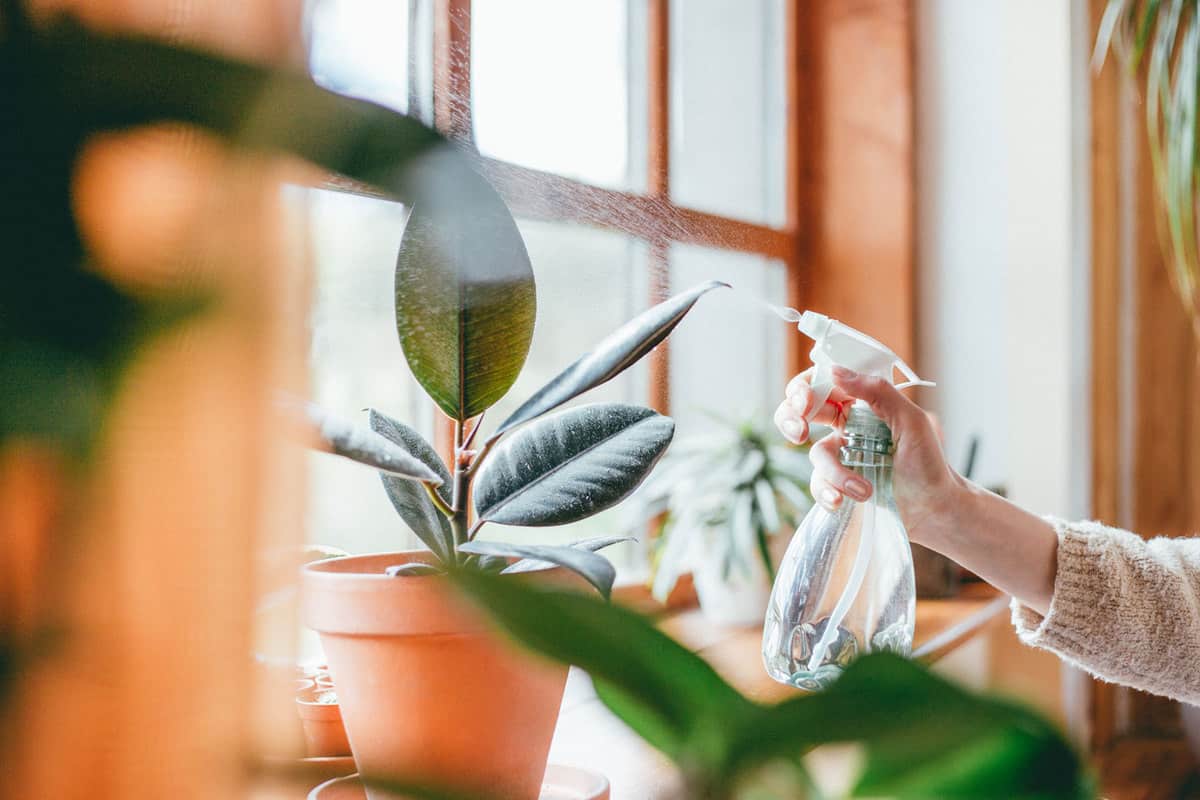
Testing the top layer of the soil is a primary way to gauge if your Schefflera has dried up enough from its previous watering. If the top two inches of soil are completely dry, your Schefflera is ready for another watering. Your Schefflera can handle a slight extension between watering, but the soil should not completely dry up.
You will also start to see visual cues with a suffering plant. Leaves will dry and curl, turning brown and sustaining visible droop. If the leaves haven't dried up completely, you can revive them with a thorough soaking, but you might need to prune your plant some beforehand if this becomes the case.
Keep tabs on the soil, check weekly, and make sure you've adequately soaked the plant all the way when watering. Giving your Schefflera routine care is the best way to keep it thriving.
Read now on GardenTabs.com: 'Does a Schefflera Plant Bloom?'
Should I mist my Schefflera?
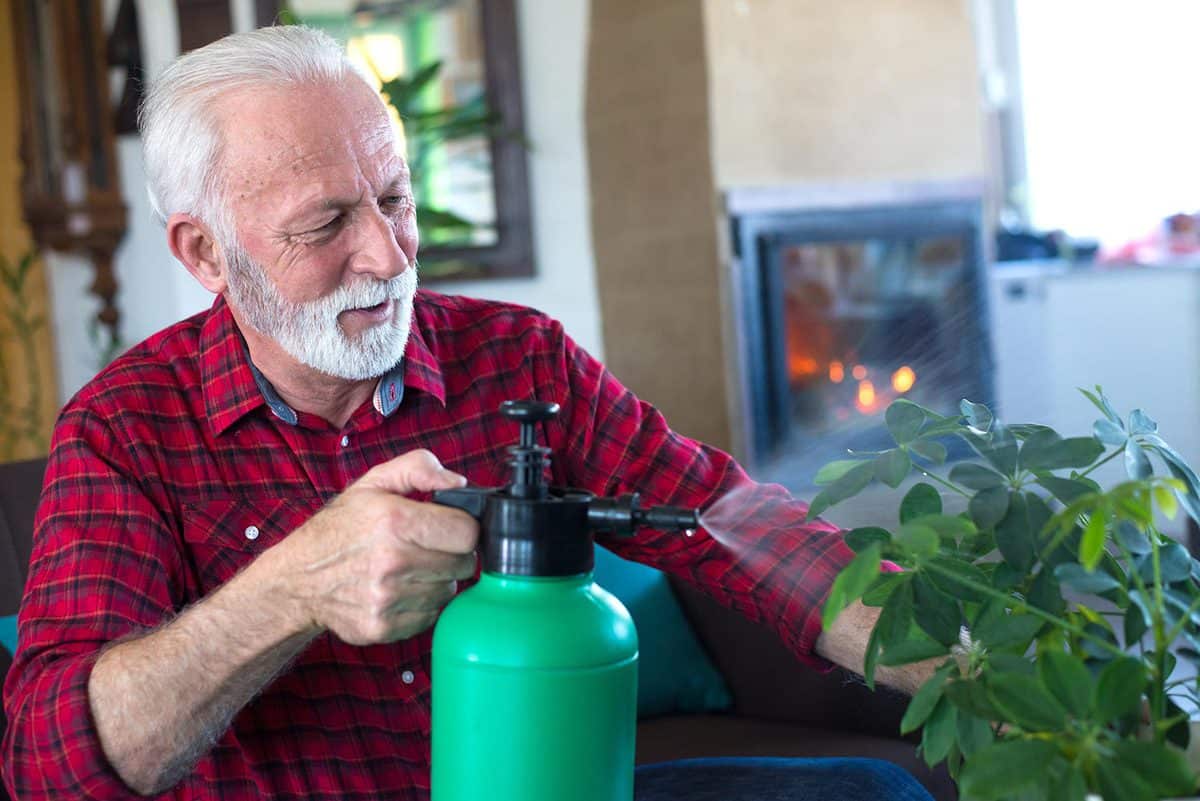
The Schefflera is a tropical plant that thrives in humid and warm areas. Although it does fine in dryer climates, you're more than welcome to add additional misting to your watering if you notice wilting on the leaves. Doing so will boost the overall water content of the plant without risking water damage.
Lightly mist your plant a few times a week in the summer to keep your plant leafy and healthy. In the winter months or when humidity is higher, cut back on the misting as you did with watering in general.
What does an overwatered Schefflera look like?
We know that underwatering a houseplant does damage, but fewer people recognize the issue of overwatering. Your Schefflera needs water, but it doesn't want to drown in it. Problems ranging from root rot to leaf decay abound in overwatered umbrella plants.
Overwatered Schefflera will quickly start to drop high quantities of their leaves. Too much water can lead to the cells in your plant's leaves swelling with water and sustaining damage. Damaged leaves will turn yellow and eventually brown and black when suffering from overwatering.
Stems and roots are more areas that can suffer from too much water. If your Schefflera has been subject to standing water, it's likely to develop root rot. Remove the plant from its pot and inspect the roots. If suffering from decay, the roots will appear brown and squishy.
The stems near the waterline also display mushiness and brown discoloration. Root and stem rot is a sure sign you've left your plant in continuous standing water without letting it dry out between watering.
Root rot also leads to damage elsewhere in the plant, such as the leaves. Damaged roots cannot correctly transport nutrients around the plant, and your entire Schefflera will suffer for it.
Why are the leaves on my Schefflera falling off?
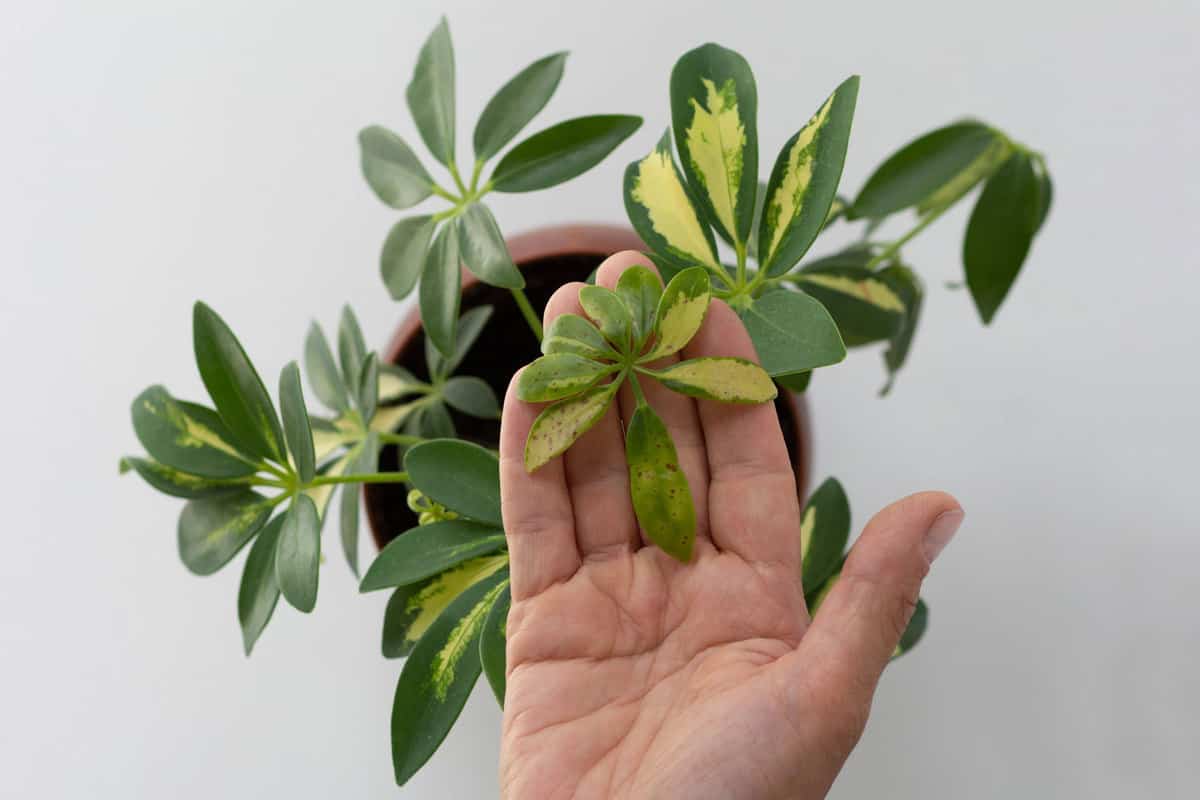
Few things are as disconcerting as leaves falling off your plant. It quickly sends a homeowner into a panic to see their plant shedding its foliage with them, not knowing why. There are several reasons your Schefflera could be rapidly shedding its leaves, all of them requiring attention.
As mentioned above, leaving your plant in standing water to develop rotted roots is a surefire way for it to sustain lasting damage. This damage will manifest throughout the plant, from the roots to the stem to the leaves. The plant cannot function without adequately working roots.
The Schefflera is a tropical plant and thusly unaccustomed to cold temperatures. If subjected to weather below 50 degrees, they can rapidly shed their leaves. These cold areas include spots with drafts and other shifting temperatures.
A sudden loss of leaves could also signify that your Schefflera isn't getting enough light. While your plant will take a while to show symptoms, a lack of proper lighting will eventually negatively impact your Schefflera.
Consider the loss of leaves a sign to move your plant into a more luminous area and out of cold drafts. You should see a noticeable improvement after doing so.
How long does a Schefflera live?
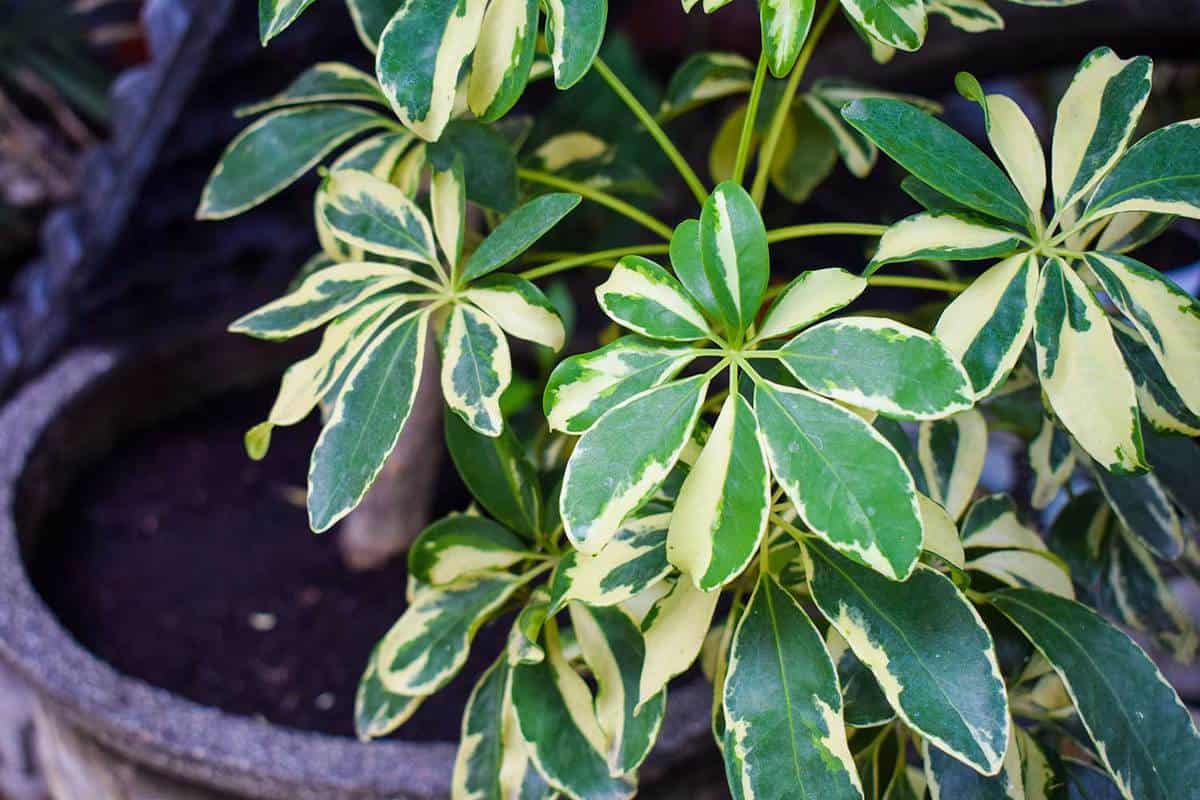
A Schefflera plant should live for several years when kept indoors and away from the harsh elements. Well taken care of individuals are known to live in caring homes for up to 25 years. They are hardy plants that require an understanding of their needs and can flourish for a good while if given that.
Read now on GardenTabs.com: 'How Long Do Schefflera Plants Live?'
Is Schefflera poisonous to dogs?
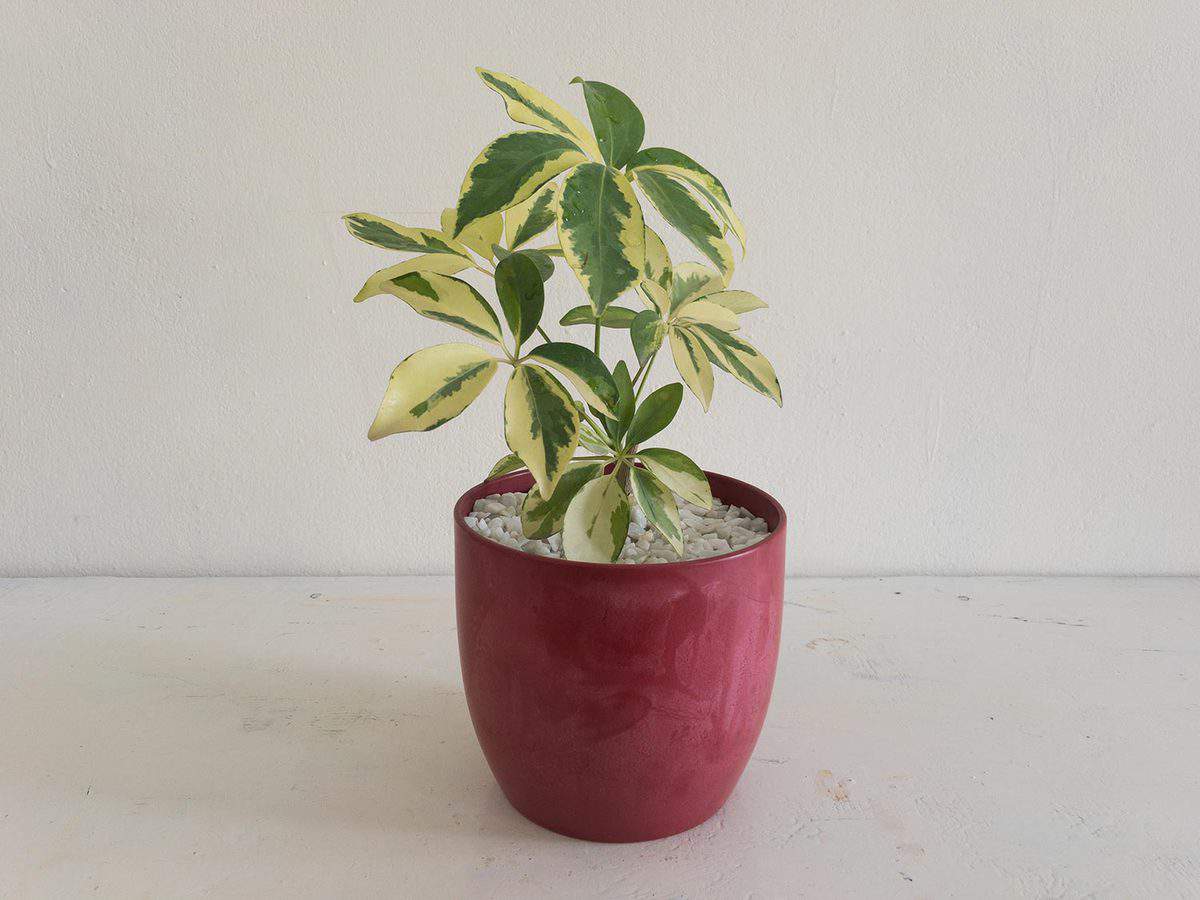
A common concern to those who like to keep houseplants is possible toxicity to housepets. Fido and Kitty love to nibble on anything soft and living, even to their detriment. So is the Schefflera flourishing in your house a danger to your pets?
Unfortunately, the Schefflera ranks among the toxic plants we love to keep as houseplants and is harmful to dogs and cats. The leaves of the plants contain crystals of calcium oxalate that cause problems the moment they come into contact with the curious mouth of your pet.
Signs your pet has ingested Schefflera include irritation and burning of the mouth area, swelling of the mouth, lips, and tongue, excessive drooling, and difficulty swallowing. They may also eventually start vomiting.
Make sure to keep your houseplants up out of reach of curious pets. Shelves, tables, or any area kept somewhat guarded will do fine. Doing so will keep both your plants and animals safe from any unwanted interactions.
If you suspect your dog has been eating your Schefflera, contact your veterinarian right away. There are also emergency lines specifically for help with animal poisoning like the APCC. These are helpful resources to utilize in an emergency.
In Conclusion
The Schefflera is a wonderful plant to keep in the home. It gives the comfort of a healthy and beautiful living plant in your home, along with health benefits. Schefflera clean the air and beautify your space wonderfully, without requiring complex rituals to keep alive.
If you're willing to take the time to provide for your plant, keep it tended to, and safe from the elements, it will be a lovely addition to your home decor for years to come.
We hope this guide has provided you with the answers to your questions about keeping your Schefflera with you for years to come.
